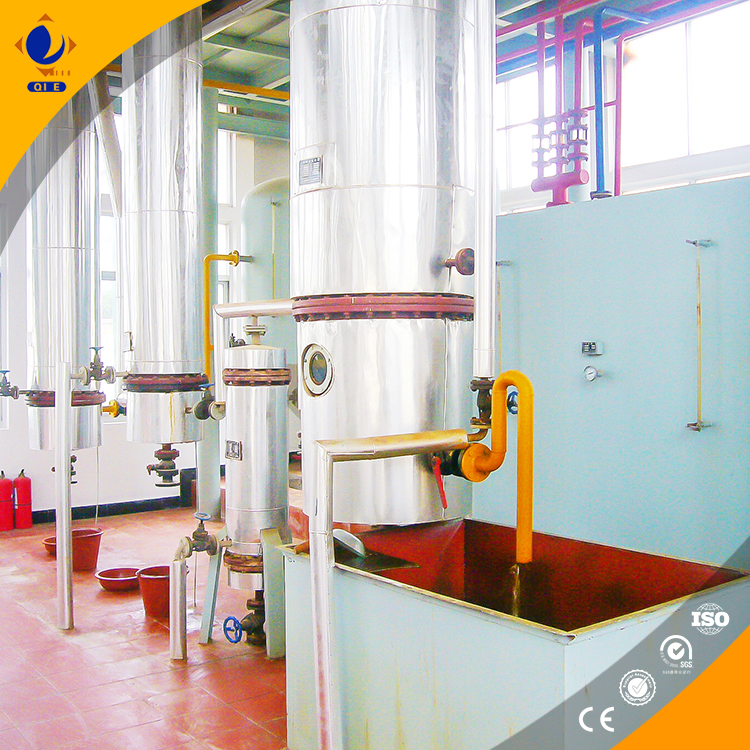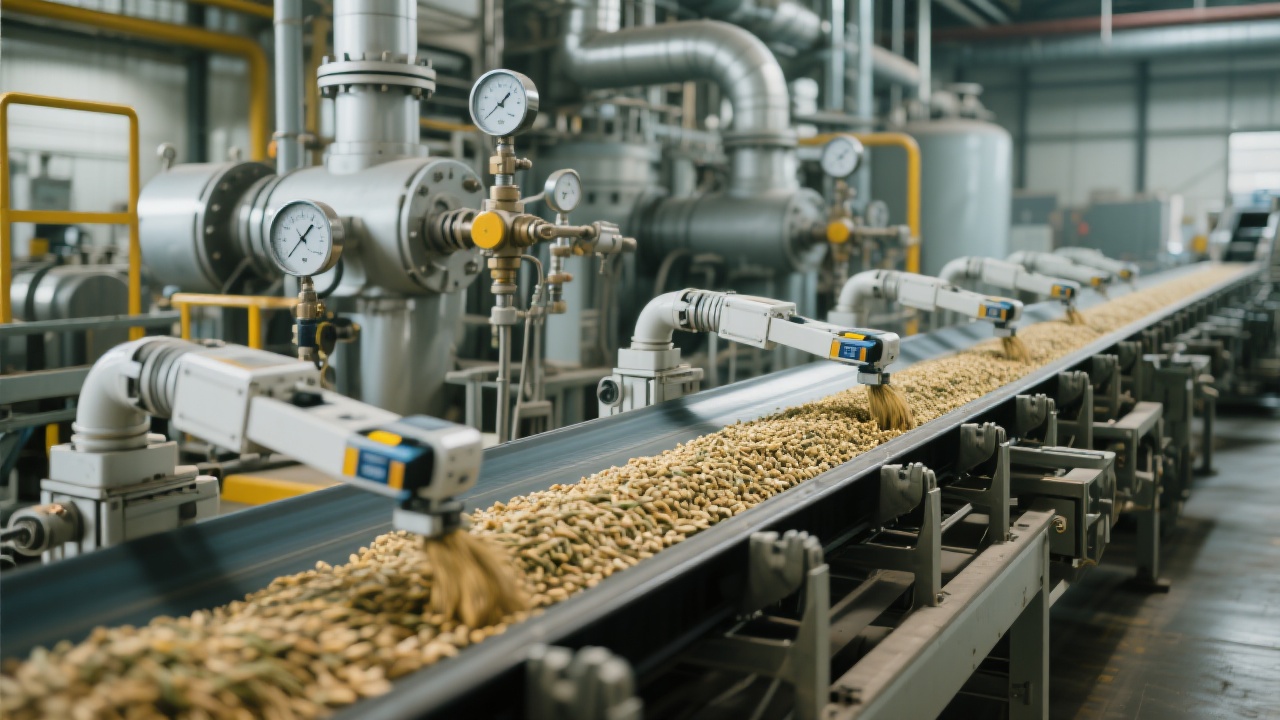
If you’re struggling with persistent off-flavors in your soybean oil, the culprit often lies in the deodorization stage of your refining process. Off-odors typically stem from incomplete removal of volatile compounds and residual phospholipids during processing. Mastering the low-temperature deodorization technique is essential for eliminating these undesirable notes while preserving oil quality, especially for small and medium-sized edible oil mills aiming for both purity and cost-efficiency.
Achieving pure, odorless soybean oil requires a sequential refinement involving degumming, neutralization, bleaching, and deodorization. Each step addresses specific contaminants but also introduces potential bottlenecks:
Traditional deodorization often operates at 200–260 °C, risking thermal degradation of sensitive unsaturated fatty acids and nutrient loss. Low-temperature deodorization at 160–180 °C is gaining traction for effectively removing off-flavors while preserving oil integrity.
Key operational parameters include:
| Parameter | Optimal Range | Impact |
|---|---|---|
| Temperature | 160–180 °C | Removes volatiles while preserving antioxidants and flavor |
| Steam Pressure | 3.5–5 mbar absolute | Efficient stripping of odor compounds |
| Residence Time | 30–60 minutes | Ensures complete deodorization without overprocessing |
| Phospholipid Residue after Degumming | < 10 ppm | Lower contributes to reduced off-flavors |
Industry feedback indicates that by adjusting to this low-temperature window, small oil mills have seen a 20-30% reduction in off-flavor complaints and enhanced oil stability. This adjustment also typically lowers energy consumption by up to 15%, aligning with sustainability goals.
A mid-sized soybean oil mill in Southeast Asia adopted a low-temperature deodorization process combined with meticulous degumming control. Initially, phospholipid residues were measured at approximately 50 ppm, and deodorization ran at 210 °C for 45 minutes.
After implementing optimized degumming to reduce phospholipids below 10 ppm, and lowering deodorization temperature to 170 °C with a slightly extended residence time of 55 minutes, the mill observed:

Efficient low-temperature deodorization is also pivotal for reducing energy usage and managing emissions. By operating at 160–180 °C, your plant significantly lowers steam consumption, a major energy cost driver.
Furthermore, controlling volatile organic compound (VOC) emissions through optimized vacuum systems ensures compliance with regulatory standards such as those set by the EPA or EU Industrial Emission Directives. Using modular deodorization equipment with precise parameter control can facilitate continuous monitoring and rapid adjustments to maintain environmental benchmarks.

Beyond deodorization, several operational practices support odor mitigation:

Want to unlock the full potential of low-temperature deodorization in your soybean oil production? Discover how modular equipment solutions can drive efficiency and quality

